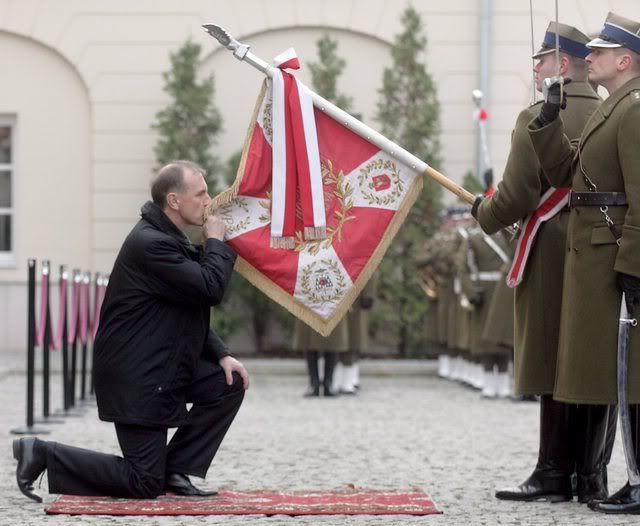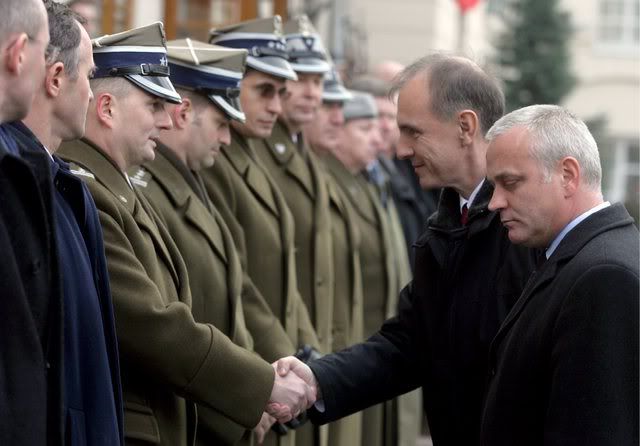The 11th of November is a special day for Poles, celebrated as the Independence Day meaning the return to the map of sovereign European states after 123 years of foreign rule. Naturally, regaining independence is not an event that could be discussed in terms of one specific date in calendar but rather a long and complex process. This special date, however, marks a series of important events that gave the day a symbolic meaning: the Compiegne armistice is signed, ending long and bloody World War I. Most of German troops deployed in Warsaw since August 5, 1915, have been disarmed; Jozef Pi³sudski, the architect and leader of Legions, the most esteemed politician at that time, holds talks on taking over power and re-creating the Polish state 'from the scrap'.
The Polish State was wiped out of Europe's map after the Third Partition in 1795. The Partitions of Poland (1772, 1793, and 1795) divided the Polish Kingdom among its three powerful neighbours, Russia, Austria, and Prussia. The opportunities for regaining independence emerged only in the end of the World War I when the three conquerors were defeated. The first to collapse was Russia, unprepared to conducting a prolonged war. The abdication of Emperor Nicholas II in February 1917 and the seizure of power by the Bolsheviks in November of the same year lead to the ultimate disintegration of that country's war-machine followed by signing the Treaty of Brest-Litovsk (March 1918 with Germany. Also the second conqueror, Austria, turned out to be incapable of carrying on the war and, with defeats becoming increasingly severe, its former satellite countries started to get independence. The third neighbour, Germany, fought longest.
When independence finally came in 1918, it was not only the result of external circumstances, i.e. dissolution of the Russian, German, and Austrian empires at the end of World War I. An equally important factor was an independence movement both within the divided country and abroad. The dominant political figure in this movement became Jozef Pilsudski. On August 6, 1914, several days after breakout of the World War I, his legionnaires set out from Krakow and crossed the Austrian-Russian border. Pilsudski planned to incite an uprising in the Russian sector of Poland. The plan drew from the traditions of the 1863 January Uprising. Unfortunately, the realities of 1914 were different and the plan was a failure. However, Pilsudski's effort was not completely in vain since the company became the core of Legions (initially allied with Austria), a foundation of the future Polish Armed Forces.












































